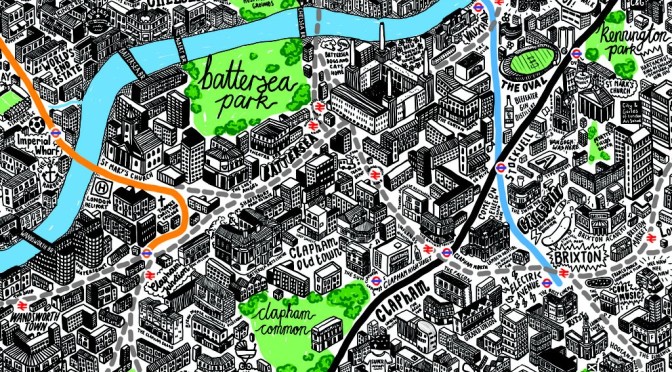Lost in Space: Designing Navigable Environments
Thesis: When designed and constructed to be informative, legible, and authoritative, navigational tools have the power to rebrand urban environments and can act as an equalizer between natives of a city and visitors.
Publishing Venue: The Society for Experiential Graphic Design Magazine, eg
We understand cities and buildings by creating mental maps. According to Kevin Lynch, these maps consist of our understanding of paths, edges, districts, nodes, and landmarks; a patchwork of images from our memories that give us a comprehension of where we are, where we are going, and how we could and should get there. Wayfinding as a principle is user-oriented and derives its approach from the behavioral and psychological foundations of navigation. This spatial orientation relies heavily on the built environment; therefore, architects and designers must be held responsible to create spaces that are easily understood and informative. Continue reading Lost In Space

